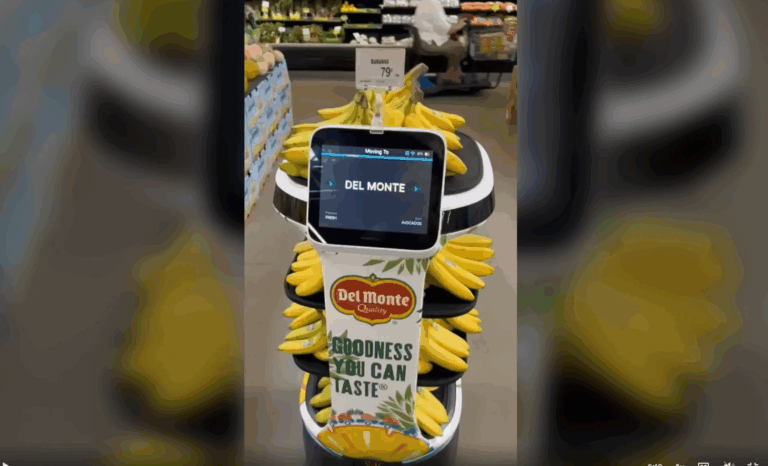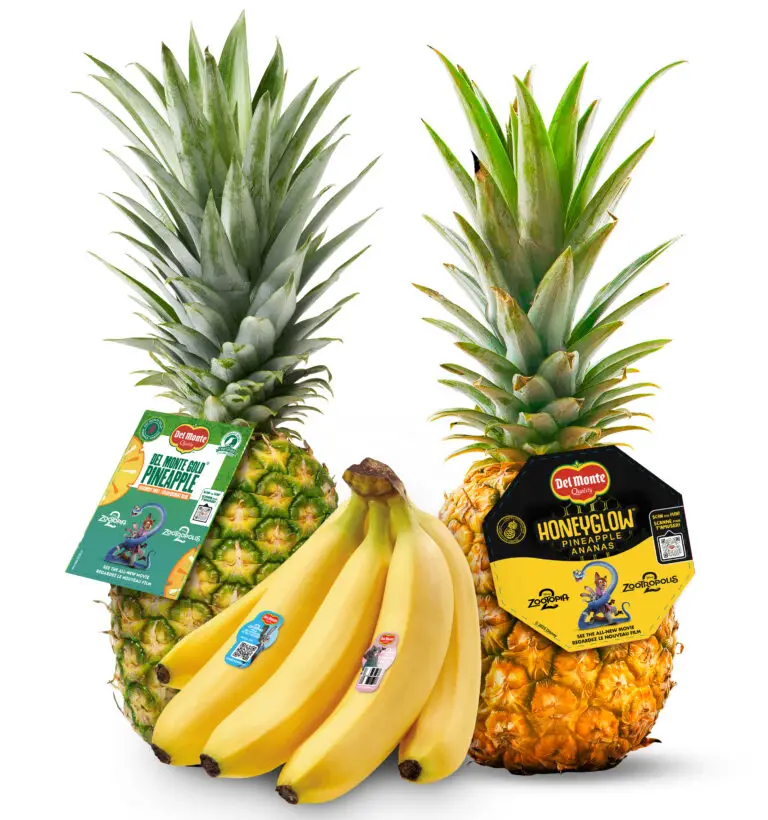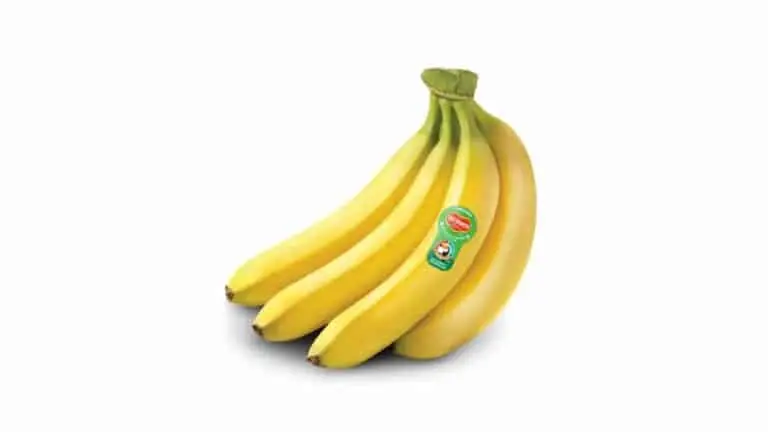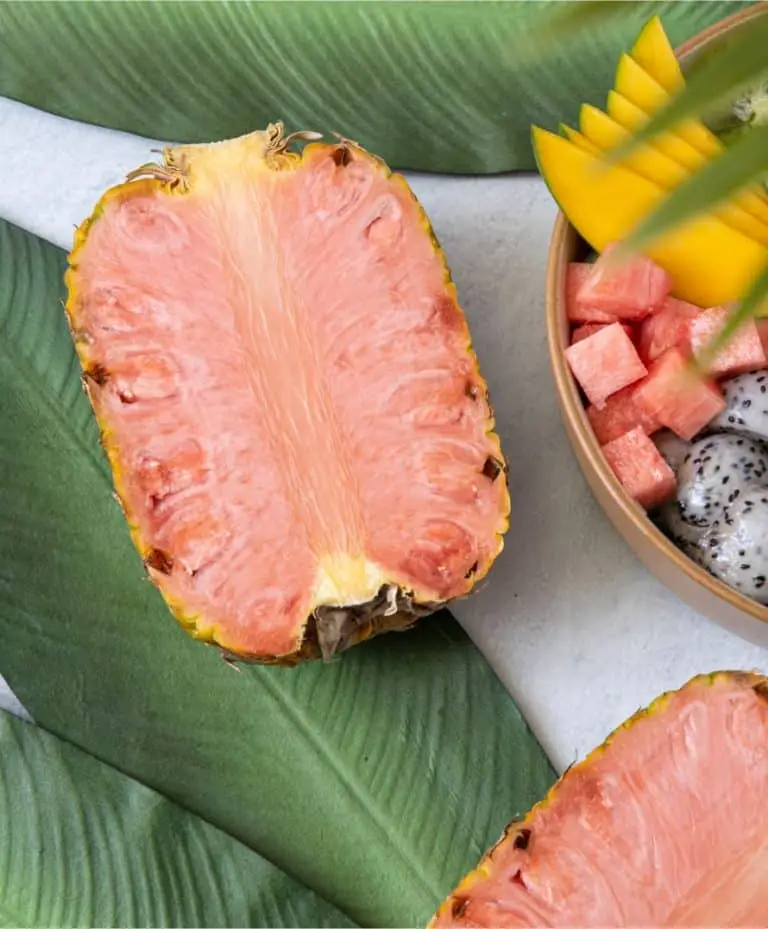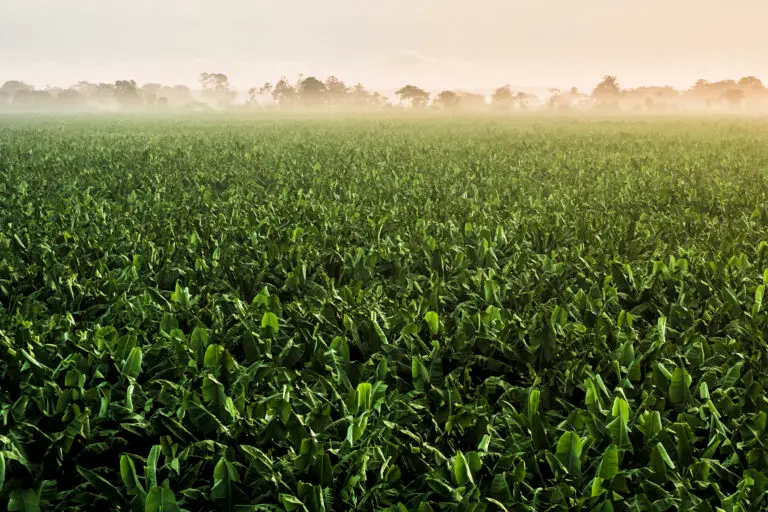When Canadians enter the supermarket for another reminder of sky-high inflation, they’re often greeted by at least one comforting display of affordability: Bananas are still cheap.
Despite being grown thousands of kilometres away and ferried to Canada at sharply higher costs than two years ago, bananas are seemingly immune to the inflationary forces that have swept through the world. As of June, the average price of bananas was $1.68 a kilogram – not much higher than $1.61 a year earlier, according to Statistics Canada.
The Consumer Price Index – the country’s main gauge of inflation – pegs the annual change in banana prices at 5.5 per cent. That is both lower than price increases for all fresh fruit (11.7 per cent) and groceries (9.9 per cent). The long-term trend is even more favourable to consumers: Banana prices are lower today than in much of the 2010s.
In a pandemic rife with shipping delays, the banana has proven remarkably resilient. Canada imports much of its supply from Latin American countries, such as Guatemala and Ecuador. There is little time to spare, either: Unlike apples, which can survive for months in cold storage, bananas perish within a few weeks of harvest.
And yet, despite a variety of logistical hurdles, bananas are both plentiful on Canadian grocery shelves and reasonably priced – in large part because the world has a glut of banana supply.
But what’s good for consumers is grimmer news for producers, ranging from industry heavyweights – such as Dole PLC and Fresh Del Monte Produce Inc. – to the small, family-run farms that supply them. Their costs for labour, fertilizer and shipping have soared over the past two years, much like in other agricultural sectors.
The trouble is that banana producers have relatively little pricing power with grocers. The situation has built over decades in tandem with rapidly increasing production in Central America and a brutal fight for market share. Now, rising costs are shrinking margins and pushing small-scale growers to the brink of closure.
Grocers “must realize that they have to move the price of bananas. They cannot go on for 15 years with the same price on the shelf,” said Mohammad Abu-Ghazaleh, the chief executive of Fresh Del Monte, which relies on bananas for nearly 40 per cent of revenue.
“I don’t think any supplier – be it a grower, an exporter or a distributor – can really sustain such increasing costs without lifting prices.”
The crux of the issue? There is chronic oversupply of bananas. After adjusting for inflation, global production has soared 69 per cent between 2000 and 2020, according to figures from the Food and Agriculture Organization (FAO) of the United Nations. Ecuador has emerged as the world’s largest exporter by a hefty margin.
Several factors help to bolster supply. Bananas are a tropical fruit with no growing season – meaning, they’re widely available at any time. No matter the brand, product quality is quite consistent; Canadians mostly eat the Cavendish variety, which came to prominence in the second half of the 20th century. The advent of refrigerated shipping containers – rather than entirely refrigerated vessels – has also helped small producers to reach new, faraway customers.
With more refrigeration, “there are ways for smaller operators to funnel supply into the North American market in a way that hinders pricing power,” said Jonathan Feeney, director of research at Consumer Edge Research, where he covers the food and beverage industries.
All of that has made retailers more powerful. Decades ago, as producers were vying for market share, they started to offer longer contracts to their buyers. Now, most of North America’s banana supply is sold under rolling one-year contracts, if not longer, with a fixed basic price per box. The FAO also says that supermarket chains in the U.S. and European Union enhanced their bargaining power by purchasing more from smaller wholesalers or directly from growers.
In an interview, Mr. Abu-Ghazaleh said that buyers have pitted suppliers against one another to extract the best prices, threatening to take their business to competitors.
Grocers have been “taking advantage of this oversupply situation for quite a long time,” he said. “The buyers became more powerful, and the banana suppliers became weaker and weaker every year.”
What hasn’t wavered is demand. People buy lots of bananas, whether in March or September. “It’s a highly popular fruit, but the demand is consistent, no matter what the weather looks like, no matter what’s going on with consumer trends,” said Sylvain Charlebois, director of the Agri-Food Analytics Lab at Dalhousie University.
Even so, because there’s a glut of supply and no seasonal variation in consumption, producers have little leverage.
“It’s very difficult for suppliers to put their foot down and say, ‘We’re taking a price increase and if you don’t like it, we’re not selling to you, we’ll sell to someone else,’ ” Mr. Feeney said. “Because there’s not additional demand.”
There are, however, signs of a shift. Johan Linden, the chief operating officer of Dole, told analysts on a recent call that demand for bananas was increasing – a response from consumers to rapid inflation on grocery shelves. Supply is edging lower, too.
When prices are low and costs are high, “marginal players should be pushed out of the industry,” Mr. Feeney said.
As the inflation crisis drags on, even banana prices are starting to perk up. Retail prices in Canada and the U.S. have risen over the past year, though it’s a modest increase that amounts to cents per pound.
Mr. Abu-Ghazaleh suspects that shoppers can stomach more. It won’t make a big difference on grocery bills, he said, but it will be hugely beneficial to producers getting squeezed by rising costs.
“The consumer is not going to complain about paying 10 or 15 or 20 cents more per pound,” he said. “It’s still the cheapest item on the shelf.”
